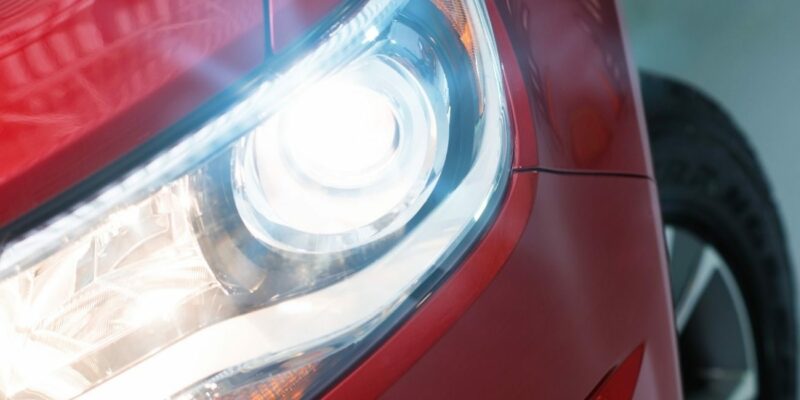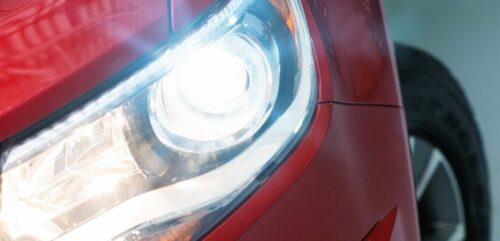
There are three main types of car headlight: halogen, LED and xenon. Halogen lights have been around for many years. Most standard cars use them. LED lights are recent and have become more popular in premium and higher specification cars. They appeared in some Lexus models in 2008. Audi, Cadillac and Toyota have now begun to fit them as well.
BMW was the first manufacturer to use xenon headlights. This was in 1991. The lights have increased in popularity since then and are now a feature of many luxury cars.
It’s easy to spot a car with xenon headlights. The light has a blue tint and is extremely bright. It’s this brightness that has sparked debate about safety.

Difference
Xenon bulbs work in a different way to halogen. They produce up to three times more light than a halogen bulb and do not fade with distance.
In practice, this means that a driver with xenon headlights can see what lies ahead with greater clarity than with halogen bulbs. There is little doubt that from the driver’s point of view, such lighting improves safety. The problem lies with oncoming traffic.
The brightness of xenon headlights may dazzle motorists driving towards them. Opponents of xenon headlights argue that such glare may temporarily blind or impair the vision of oncoming drivers.
Conversion
Despite the issue of glare, many motorists appreciate the improved vision xenon headlights bring them. It’s even possible to buy conversion kits that enable drivers to replace halogen bulbs with xenon.
Efficiency
What’s more, xenon headlights are more efficient than halogen. They give out more light using less power. A halogen bulb, for example, may need 70 watts of power. A much brighter xenon bulb may need only 40 watts. As a result, xenon headlights are less of a power drain on a car battery than halogen. Less power drain means that a car doesn’t have to work so hard to recharge the battery. This improves fuel consumption and reduces carbon dioxide emissions.
Service Life
Another benefit of xenon bulbs is that they last longer than halogen. The service life of a xenon bulb is about 2,000 hours. This compares to 10,000 hours for a good quality halogen. Xenon bulbs are more expensive, though.
Safety
The concern about glare from xenon headlights is serious. Nonetheless, any driver who has used xenon headlights on an unlit road on a dark night can appreciate their advantage over halogen.
Disclaimer: The information in the article is for general purpose information only and should not be constituted as legal advice. This article has been produced by a third party and Jardine Motors does not take any responsibility for the completeness, accuracy, or reliability with respect to the website or the information provided. Article last updated January 2016.



